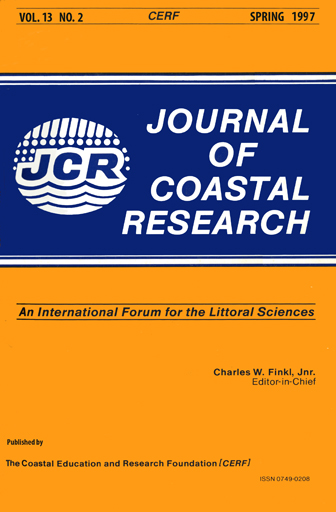Holocene and Recent Shoreline Changes on the Rapidly Uplifting Coast of Western Finland
Keywords:
Isostatic rebound, raised shore levels, relative sea-level fall, harbour shifts, coastal emergenceAbstract
The coastal area of western Finland rose from the sea during the Holocene as a result of rapid land uplift that followed deglaciation (9500-9000 BP). Land uplift was extremely powerful immediately after the deglaciation, with relative water level falling approximately 100 m in the northern part of the Gulf of Bothnia in less than 1,000 years. The rates of isostatic decreased markedly between 8500 and 8000 BP. Pronounced shoreline displacement still occurs on this relatively flat coast, at a rate exceeding 8 mm a year. The retreating shoreline has greatly affected the history of settlement on the coast of the Baltic Sea, forcing towns such as Pori and Vaasa to adjust their location as the retreating shoreline has caused their harbours and shipping lanes to become too shallow. Accurate maps compiled at different times are used to compare the manner and rate of shoreline changes during the last few decades. The examples presented here illustrate such changes for various types of coastal environments.


